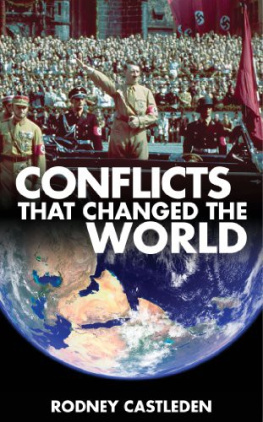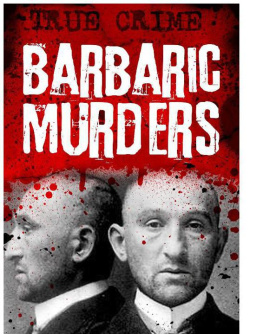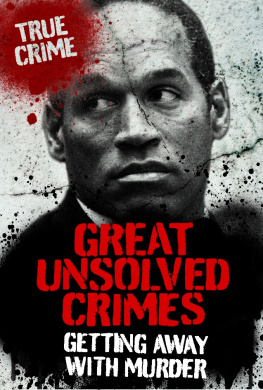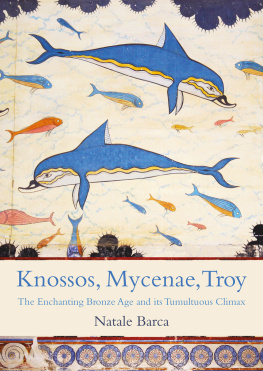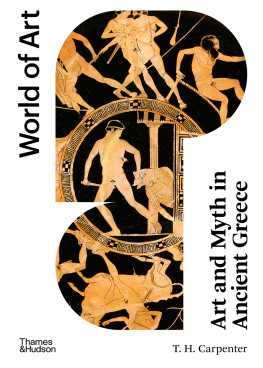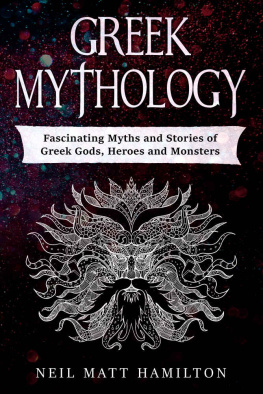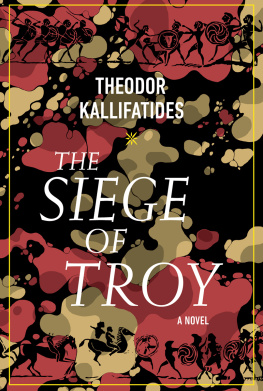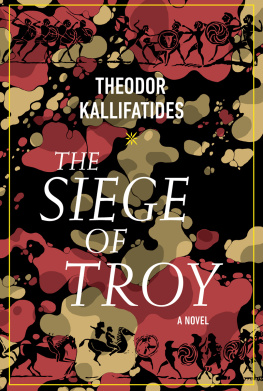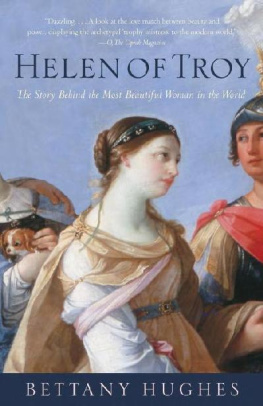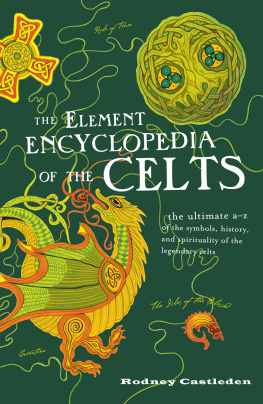
by the same author:
Classic Landforms of the Sussex Coast (1982; second edition 1996)
The Wilmington Giant: the Quest for a Lost Myth (1983)
The Stonehenge People: an Exploration of Life in Neolithic Britain, 47002000 BC (1987)
The Knossos Labyrinth: a New View of the Palace of Minos at Knossos (1989)
Minoans: Life in Bronze Age Crete (1990)
Book of British Dates: a Comprehensive Chronological Dictionary of British Dates from Prehistoric Times to the Present Day (1991)
Neolithic Britain: New Stone Age Sites of England, Scotland and Wales (1992)
The Making of Stonehenge (1993)
World History: a Chronological Dictionary of Dates (1994)
The Cerne Giant (1996)
Knossos, Temple of the Goddess (1996)
The English Lake District (1998)
Out in the Cold: Ideas on Glaciation (1998)
Atlantis Destroyed (1998)
The Little Book of Kings and Queens of Britain (1999)
Ancient British Hill Figures (1999)
King Arthur: the Truth Behind the Legend (2000)
The History of World Events (2003)
Britain 3000 BC (2003)
Infamous Murderers (2004)
Serial Killers (2004)
The Worlds Most Evil People (2005)
Mycenaeans (2005)

First published in Great Britain in 2006 by
Pen & Sword Military Classics
an imprint of
Pen & Sword Books Ltd
47 Church Street
Barnsley
South Yorkshire
S70 2AS
Copyright Rodney Castleden 2006
ISBN 1-84415-1751
ISBN 978-1-84468-335-2 (ebook)
The right of Rodney Castleden to be identified as Author of the Work has been asserted by him in accordance with the Copyright, Designs and Patents Act 1988.
A CIP catalogue record for this book is available from the British Library
All rights reserved. No part of this book may be reproduced or transmitted in any form or by any means, electronic or mechanical including photocopying, recording or by any information storage and retrieval system, without permission from the Publisher in writing.
Typeset in 11/13pt Plantin by Mac Style, Scarborough, N. Yorkshire Printed and bound in England by CPI UK
Pen & Sword Books Ltd incorporates the Imprints of Pen & Sword Aviation, Pen & Sword Maritime, Pen & Sword Military, Wharncliffe Local History, Pen & Sword Select, Pen and Sword Military Classics and Leo Cooper.
For a complete list of Pen & Sword titles, please contact
Pen & Sword Books Limited
47 Church Street, Barnsley, South Yorkshire, S70 2AS, England
E-mail: enquiries@pen-and-sword.co.uk
Website: www.pen-and-sword.co.uk
Contents
To John Urmson
We could bring Troys hallowed crown of towers toppling down around us you and I alone!
(Iliad 16. 11819)
Plates
I first worked with Rupert Harding when he was at Sutton and we planned Britain 3000 BC together. I am grateful to him for proposing this project after his move to Pen & Sword; we started discussing it as I was putting the finishing touches to Mycenaeans, which includes a brief outline of some of my ideas about the historicity of the Trojan War. This new book has given me an opportunity to develop them more fully, and with unexpected results. A book exploring in detail the events of the Trojan War seemed a natural development from my earlier writings. The Attack on Troy has become the fifth book in an Aegean sequence which already includes The Knossos Labyrinth, Minoans, Atlantis Destroyed and Mycenaeans. Readers may like to refer back to the earlier books in the sequence, but in terms of their main ideas the individual books are self-sufficient.
It is quite possible that this Aegean sequence would never have begun but for a holiday visit to Crete, a long time ago, with the historian John Urmson. Visiting Knossos and other sites with John led to animated and stimulating discussions about the Minoans. John has always been a sensitive and thoughtful listener, a good sounding-board for new ideas, a mine of obscure information. His patience when collaborating with me on our joint project, the music drama Winfrith, will never be forgotten.
I owe a continuing debt to Sinclair Hood, a great scholar whose profound knowledge of the Aegean bronze age informs his views about the period in a unique way; it is always refreshing to contemplate his strongly held and often highly individual views. I also owe a great deal to the many scholars who have delved into the Homeric question. Inevitably, this book has as its focus the reconstruction of a narrative, and deals with the archaeological, geographical and geomorphological evidence for that narrative as well as the more familiar documentary evidence. It draws repeatedly on the huge body of Homeric scholarship, though I am very aware that a book of this length cannot discuss all the many arguments and counter-arguments regarding Homer. In the interests of a balanced treatment, some of those discussions have been left to one side; they were nevertheless considered in the preparation of the text.
In the opening stages of the project I anticipated that the unavailability of published, official topographic maps of the Troad at 1:50,000 or 1:25,000 scales was going to be a major problem. In Britain high-quality maps have always been available at any scale I want, so that I can measure or calculate distances, areas, slopes, intervisibility, and so on. A geographical perspective on events was essential and I could not imagine working on a project like this without accurate maps. As it turned out, I was very lucky in having access to two resources. The first included the exceptionally high-quality nineteenth-century maps of Lieutenant Thomas Spratt (British Admiralty Chart No. 1608, 1840) and Emile Burnouf (1879), which showed the landscape as it was seen by Frank Calvert and Heinrich Schliemann; Schliemann himself used and annotated Spratts map. The second included the several excellent new contour surveys made in the course of Professor Manfred Korfmanns Troia Project. I am very grateful for the painstaking survey work that went into the creation of those maps, which make all kinds of new insights possible.
Michael Woods In Search of the Trojan War is a book I have gone back to again and again since it was first published, both before and after visiting many of the sites described in it, and I am more and more impressed each time I reread it. It is a far better informed, far more penetrating and far more scholarly book than anyone could expect from a television tie-in, and this is apparent in the number of scholarly citations the book now gets. It is good to see work of this quality gaining recognition.
Thanks are due, once again, to the staff at the Sackler Library at Oxford, where most of the reading was done.
I used several translations of the Iliad while working on this book, especially those of Rieu and Butler, enjoying each for different reasons. The recent Penguin translation by Robert Fagles has a boldness and vigour that I like very much, and I found myself using that most. The line references in this book are to the lines in Fagles translation; I apologize if this confuses or irritates readers who prefer another translation.
Introduction
Agamemnon! Menelaus! All Argives geared for war! May the gods who hold the halls of Olympus give you Priams city to plunder, then safe passage home.
Next page

